Home>Gardening & Outdoor>Outdoor Recreation & Activities>What Is A Swimming Pool Suction Valve


Outdoor Recreation & Activities
What Is A Swimming Pool Suction Valve
Modified: February 29, 2024
Learn about the function and importance of a swimming pool suction valve for outdoor recreation and activities. Find out how it contributes to pool safety and maintenance.
(Many of the links in this article redirect to a specific reviewed product. Your purchase of these products through affiliate links helps to generate commission for Storables.com, at no extra cost. Learn more)
Introduction
Swimming pools are a source of relaxation, exercise, and enjoyment for countless individuals. Whether it's a community pool, a private residential pool, or a commercial pool, maintaining its functionality and safety is paramount. One crucial component of a swimming pool's circulation system is the suction valve. This often-overlooked device plays a vital role in ensuring the proper functioning and safety of the pool.
The swimming pool suction valve is a key element in the pool's plumbing system, regulating the flow of water and controlling the suction from the pool's drains. It serves as a gatekeeper, managing the water intake and preventing potential hazards such as entrapment and equipment damage. Understanding the purpose and operation of the suction valve is essential for pool owners, maintenance personnel, and anyone involved in pool safety and management.
In this article, we will delve into the function of a swimming pool suction valve, explore the different types available, emphasize the importance of regular maintenance, and address common issues that may arise. By gaining insight into these aspects, pool owners and operators can ensure the safety, efficiency, and longevity of their swimming pool systems.
Key Takeaways:
- Swimming pool suction valves are like gatekeepers for water flow, keeping the pool clean and safe. Regular maintenance is crucial to prevent blockages and ensure a fun and safe swimming experience.
- Different types of suction valves, like ball valves and check valves, have specific jobs in keeping the pool running smoothly. By understanding and maintaining them, pool owners can ensure a long-lasting and enjoyable pool experience.
Read more: What To Do In The Swimming Pool
The Function of a Swimming Pool Suction Valve
The swimming pool suction valve serves as a critical component in the pool's plumbing system, playing a pivotal role in maintaining the pool's circulation and ensuring the safety of its users. This valve is designed to regulate the flow of water and control the suction from the pool's drains, effectively managing the water intake and preventing potential hazards such as entrapment and equipment damage.
One of the primary functions of the suction valve is to control the flow of water through the pool's filtration system. By adjusting the valve, pool operators can regulate the amount of water drawn from the pool, which in turn affects the efficiency of the filtration process. This function is essential for maintaining water clarity and cleanliness, as it allows for proper filtration and removal of debris and contaminants.
Moreover, the suction valve acts as a safety mechanism to prevent entrapment and injury. By controlling the suction force from the pool's drains, the valve helps mitigate the risk of swimmers being trapped or injured by powerful suction. This is particularly crucial in commercial pools and public facilities, where the safety of a large number of swimmers is a top priority.
In addition to its role in filtration and safety, the suction valve also contributes to the overall efficiency of the pool's circulation system. By managing the flow of water, the valve helps maintain optimal water circulation, ensuring that the pool water is properly circulated and filtered. This not only enhances water quality but also promotes uniform distribution of chemicals and heat throughout the pool.
Furthermore, the suction valve aids in preserving the integrity of the pool's equipment and infrastructure. By regulating the suction force, the valve helps prevent damage to the pool's pumps, filters, and other components. This not only reduces maintenance and repair costs but also prolongs the lifespan of the pool's mechanical systems.
In summary, the function of a swimming pool suction valve encompasses regulating water flow, ensuring safety, optimizing circulation, and safeguarding equipment. Understanding the critical role of this valve is essential for pool owners and operators, as it directly impacts the efficiency, safety, and longevity of the pool system.
Types of Swimming Pool Suction Valves
When it comes to swimming pool suction valves, there are several types available, each designed to fulfill specific functions and cater to varying pool configurations and requirements. Understanding the different types of suction valves is crucial for pool owners and operators, as it allows them to select the most suitable option for their pool system. Here are some common types of swimming pool suction valves:
-
Gate Valves: These traditional valves feature a simple design, comprising a gate or wedge that can be raised or lowered to control the flow of water. Gate valves are commonly used in pool plumbing systems to regulate the water flow from the pool to the filtration system. While they are effective in controlling water flow, gate valves are known for their susceptibility to corrosion and potential for leakage if not maintained properly.
-
Ball Valves: Ball valves are popular for their durability and reliability. They consist of a spherical disc (the "ball") with a hole in the middle, which aligns with the flow path when open and blocks the flow when closed. This design allows for quick and precise control of water flow. Ball valves are often used in pool plumbing for their ease of operation and ability to provide a tight seal, minimizing the risk of leaks.
-
Check Valves: Check valves are essential for preventing backflow in pool plumbing systems. These valves allow water to flow in one direction while preventing reverse flow. In the context of suction valves, check valves are installed to maintain proper water circulation and prevent water from flowing back into the pool's drains. They play a crucial role in maintaining the integrity of the pool's circulation system and preventing potential damage to the equipment.
-
Diaphragm Valves: Diaphragm valves utilize a flexible diaphragm to regulate the flow of water. When the diaphragm is raised, water can flow through the valve, and when it is lowered, the flow is restricted. Diaphragm valves are known for their ability to handle a wide range of water pressures and are often used in pool plumbing systems where precise flow control is required.
-
Multiport Valves: Multiport valves are commonly found in pool filtration systems, particularly in sand and DE (diatomaceous earth) filters. These versatile valves feature multiple ports that allow for various functions such as filtration, backwashing, rinsing, and more. By rotating the valve handle, pool operators can easily switch between different operational modes, making multiport valves a convenient and efficient choice for pool filtration systems.
Understanding the characteristics and functionalities of these different types of swimming pool suction valves is essential for making informed decisions regarding the selection, installation, and maintenance of these critical components. By choosing the most suitable type of suction valve for their pool system, owners and operators can ensure optimal performance, safety, and longevity of their swimming pools.
A swimming pool suction valve is a device that controls the flow of water from the pool to the pump. It helps regulate the water level and prevents air from entering the system. Make sure to regularly check and maintain the suction valve to ensure proper functioning and prevent any potential issues.
Importance of Proper Maintenance
Proper maintenance of swimming pool suction valves is paramount for ensuring the safety, efficiency, and longevity of the pool system. Regular maintenance not only safeguards the functionality of the valves but also contributes to the overall well-being of the pool and its users.
First and foremost, routine maintenance helps prevent potential malfunctions and failures of the suction valves. Over time, debris, mineral deposits, and contaminants can accumulate within the valve mechanism, hindering its operation and compromising water flow control. By conducting regular inspections and cleaning, pool owners and maintenance personnel can mitigate the risk of valve blockages and ensure smooth and reliable performance.
Moreover, proper maintenance plays a crucial role in preserving the safety features of the suction valves. As mentioned earlier, these valves serve as a vital safety mechanism to prevent entrapment and injury. However, if not maintained adequately, the valves may become less effective in controlling suction force, potentially increasing the risk of entrapment incidents. Regular maintenance, including inspection of valve components and testing of suction control, is essential for upholding the safety standards of the pool.
In addition to safety considerations, maintenance contributes to the efficiency of the pool's circulation and filtration systems. Clean and well-maintained suction valves facilitate optimal water flow regulation, ensuring effective filtration and circulation. This, in turn, promotes water clarity, reduces the buildup of debris, and enhances the overall cleanliness of the pool. By maintaining the functionality of the suction valves, pool operators can optimize the performance of the pool's filtration system, leading to improved water quality and a more enjoyable swimming experience for users.
Furthermore, regular maintenance helps prolong the lifespan of the suction valves and other associated pool equipment. By addressing minor issues promptly and conducting preventive maintenance, pool owners can prevent costly repairs and extend the longevity of the valves. This not only reduces operational costs but also minimizes downtime and disruptions to pool activities.
Overall, the importance of proper maintenance cannot be overstated when it comes to swimming pool suction valves. By prioritizing regular inspections, cleaning, and upkeep of these critical components, pool owners and operators can uphold safety standards, enhance operational efficiency, and extend the lifespan of their pool systems. This proactive approach to maintenance not only ensures the well-being of the pool and its users but also contributes to a positive and sustainable pool management experience.
Common Issues and Troubleshooting
Swimming pool suction valves, like any mechanical component, are susceptible to various issues that can affect their performance and safety. Understanding common problems and knowing how to troubleshoot them is essential for maintaining the functionality and integrity of the pool's circulation system. Here are some prevalent issues associated with suction valves and effective troubleshooting measures:
-
Blockages and Clogging: Over time, debris, dirt, and mineral deposits can accumulate within the valve, leading to blockages and clogging. This can impede water flow and compromise the valve's ability to regulate suction.
Troubleshooting: Regularly inspect and clean the valve to remove any debris or buildup. Consider using a specialized pool valve cleaner to dissolve mineral deposits and maintain optimal flow.
-
Leakage: Leaks in the suction valve can result from worn seals, damaged components, or improper installation. Leakage not only affects water flow control but also leads to water wastage and potential damage to surrounding areas.
Troubleshooting: Inspect the valve for signs of leakage, such as water puddles or damp areas. Replace worn seals and damaged components, and ensure that the valve is properly installed and sealed to prevent leaks.
-
Suction Control Issues: Malfunctions in the valve mechanism can lead to erratic suction control, posing safety risks such as entrapment and injury. Inconsistent suction control may also affect the efficiency of the pool's circulation and filtration systems.
Troubleshooting: Test the suction control functionality of the valve regularly. If irregularities are detected, such as difficulty adjusting the suction or unexpected changes in suction force, consider seeking professional assistance to inspect and repair the valve mechanism.
-
Corrosion and Wear: Exposure to pool chemicals, water, and environmental factors can cause corrosion and wear on the valve components over time. Corrosion weakens the structural integrity of the valve, while wear can lead to operational issues.
Troubleshooting: Periodically inspect the valve for signs of corrosion, rust, or wear. Replace corroded or worn components to prevent further deterioration and ensure the continued functionality of the valve.
-
Mechanical Failures: Mechanical failures, such as valve handle breakage or internal component malfunctions, can significantly impact the operation of the suction valve, necessitating prompt attention and resolution.
Troubleshooting: If mechanical failures are identified, consult a qualified pool technician to assess the extent of the issue and perform necessary repairs or replacements to restore the valve's functionality.
By addressing these common issues through proactive troubleshooting and maintenance, pool owners and operators can uphold the safety, efficiency, and reliability of their swimming pool suction valves. Regular inspections, timely repairs, and adherence to best practices in valve maintenance are essential for mitigating potential issues and ensuring the optimal performance of the pool's circulation system.
Read more: What Is A Skimmer In A Swimming Pool
Conclusion
In conclusion, the swimming pool suction valve is an indispensable component of a pool's circulation system, serving critical functions that encompass water flow regulation, safety management, and equipment protection. Understanding the pivotal role of the suction valve is essential for pool owners, maintenance personnel, and anyone involved in pool safety and management.
The diverse types of swimming pool suction valves, including gate valves, ball valves, check valves, diaphragm valves, and multiport valves, offer a range of functionalities and applications, catering to specific pool configurations and operational requirements. By comprehending the characteristics and purposes of these valves, pool owners and operators can make informed decisions regarding the selection and installation of the most suitable type for their pool system.
Emphasizing the importance of proper maintenance, this article underscores the significance of regular upkeep in preserving the functionality, safety features, and efficiency of swimming pool suction valves. Through routine inspections, cleaning, and troubleshooting of common issues, pool owners can mitigate potential malfunctions, safeguard the safety of pool users, and prolong the lifespan of the valves and associated equipment.
Furthermore, the proactive approach to maintenance not only ensures the well-being of the pool and its users but also contributes to a positive and sustainable pool management experience. By prioritizing the upkeep of suction valves, pool operators can uphold safety standards, enhance operational efficiency, and extend the longevity of their pool systems.
In essence, the swimming pool suction valve plays a pivotal role in maintaining the safety, functionality, and longevity of swimming pools. By gaining insight into the function, types, maintenance, and troubleshooting of suction valves, pool owners and operators can ensure the optimal performance and safety of their pool systems, providing a conducive and enjoyable environment for swimmers and enhancing the overall pool management experience.
Frequently Asked Questions about What Is A Swimming Pool Suction Valve
Was this page helpful?
At Storables.com, we guarantee accurate and reliable information. Our content, validated by Expert Board Contributors, is crafted following stringent Editorial Policies. We're committed to providing you with well-researched, expert-backed insights for all your informational needs.

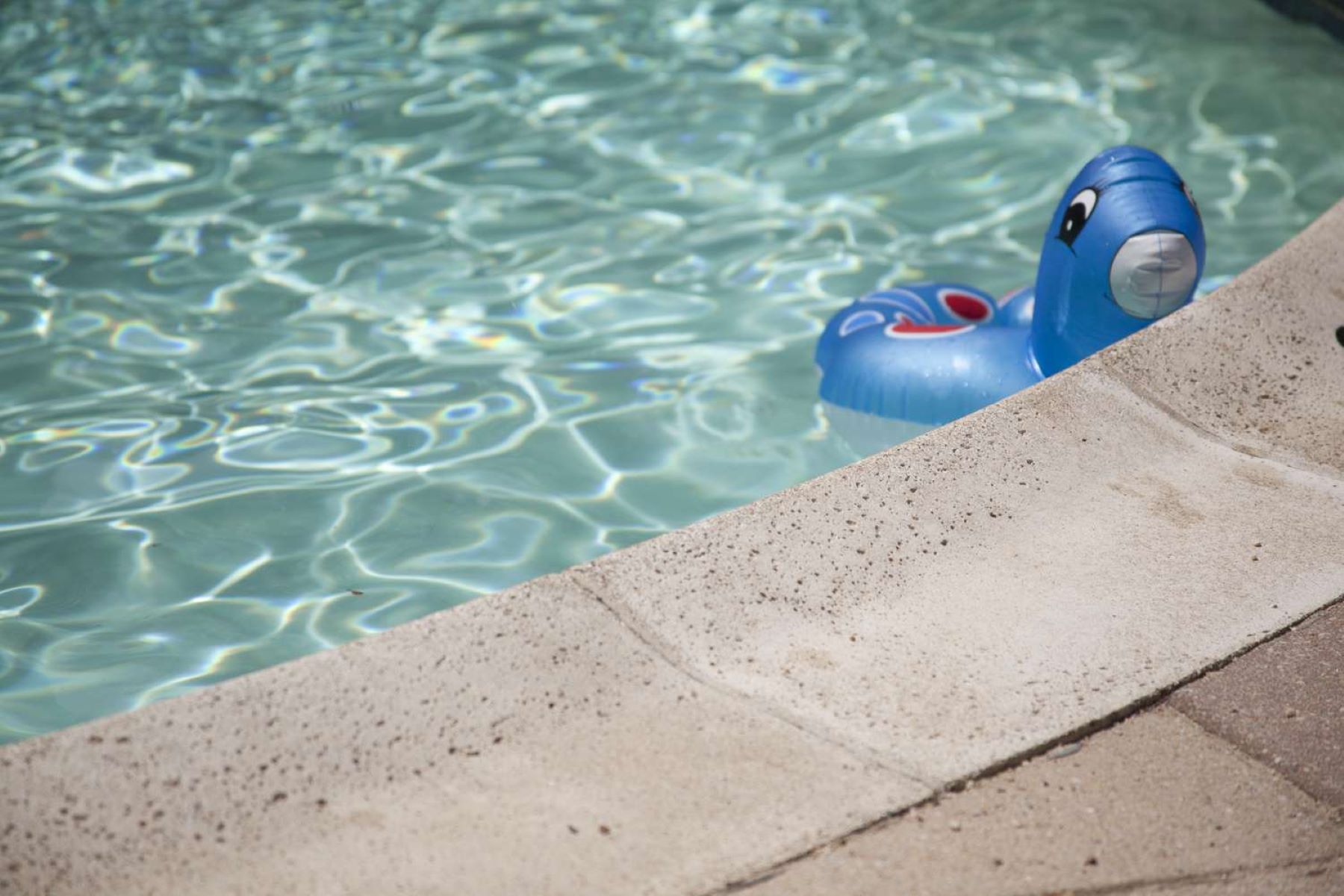


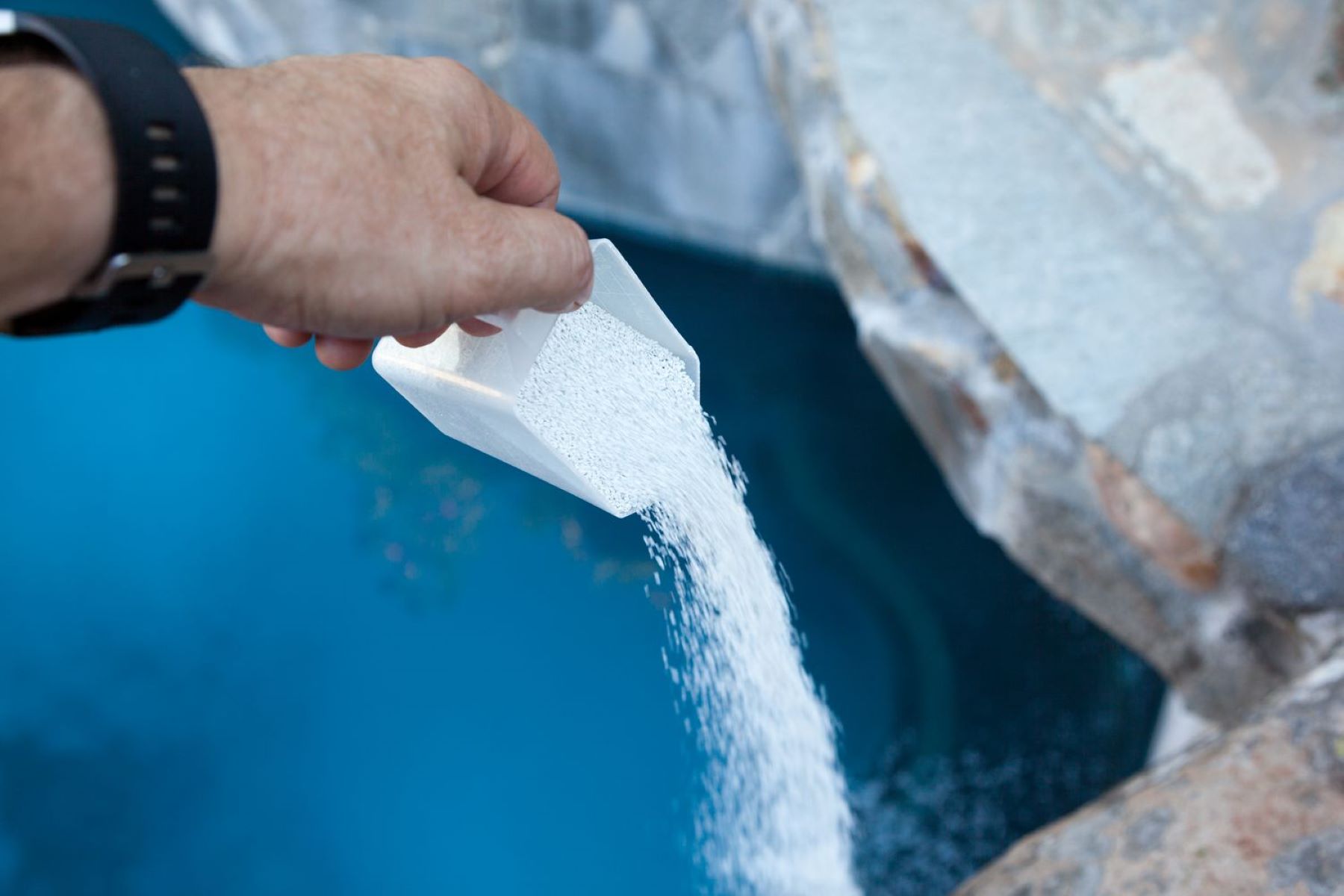
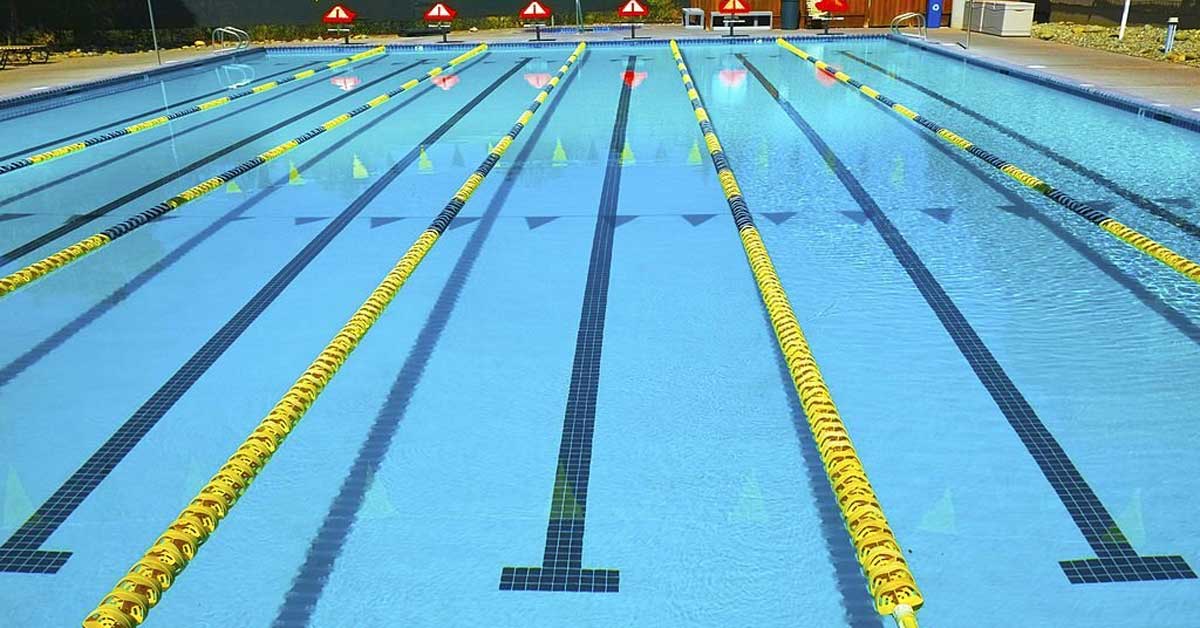
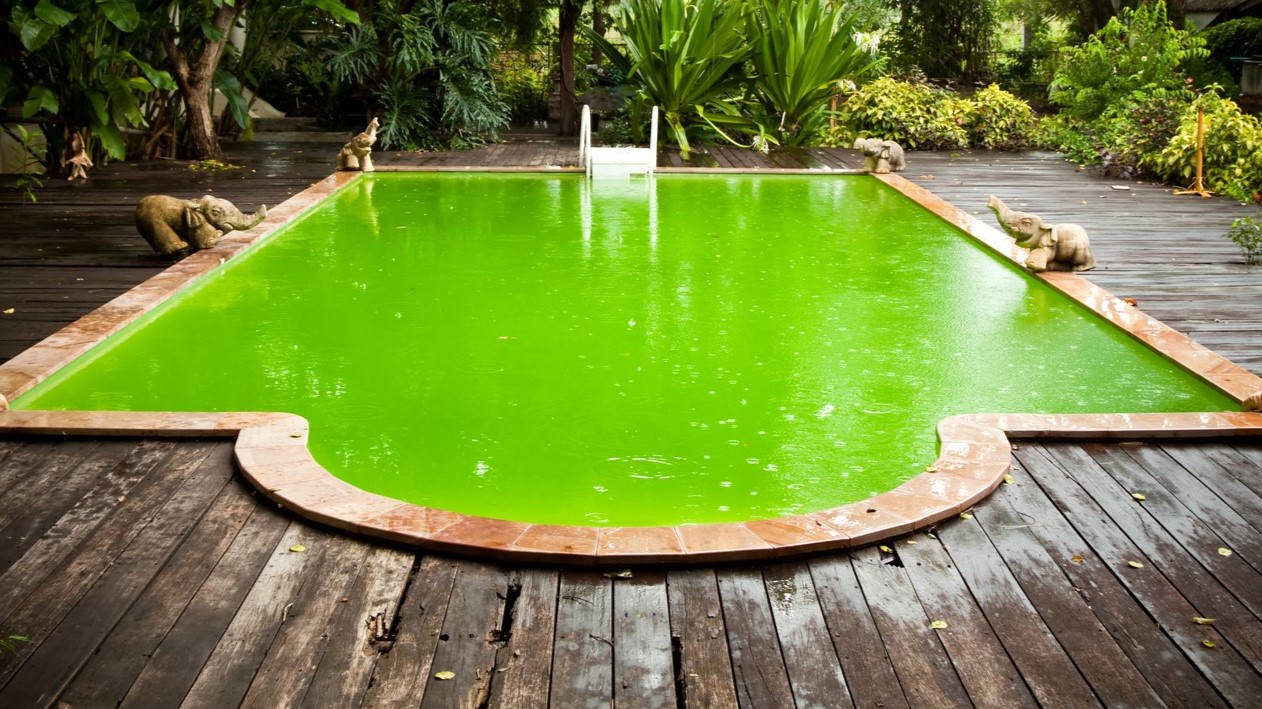

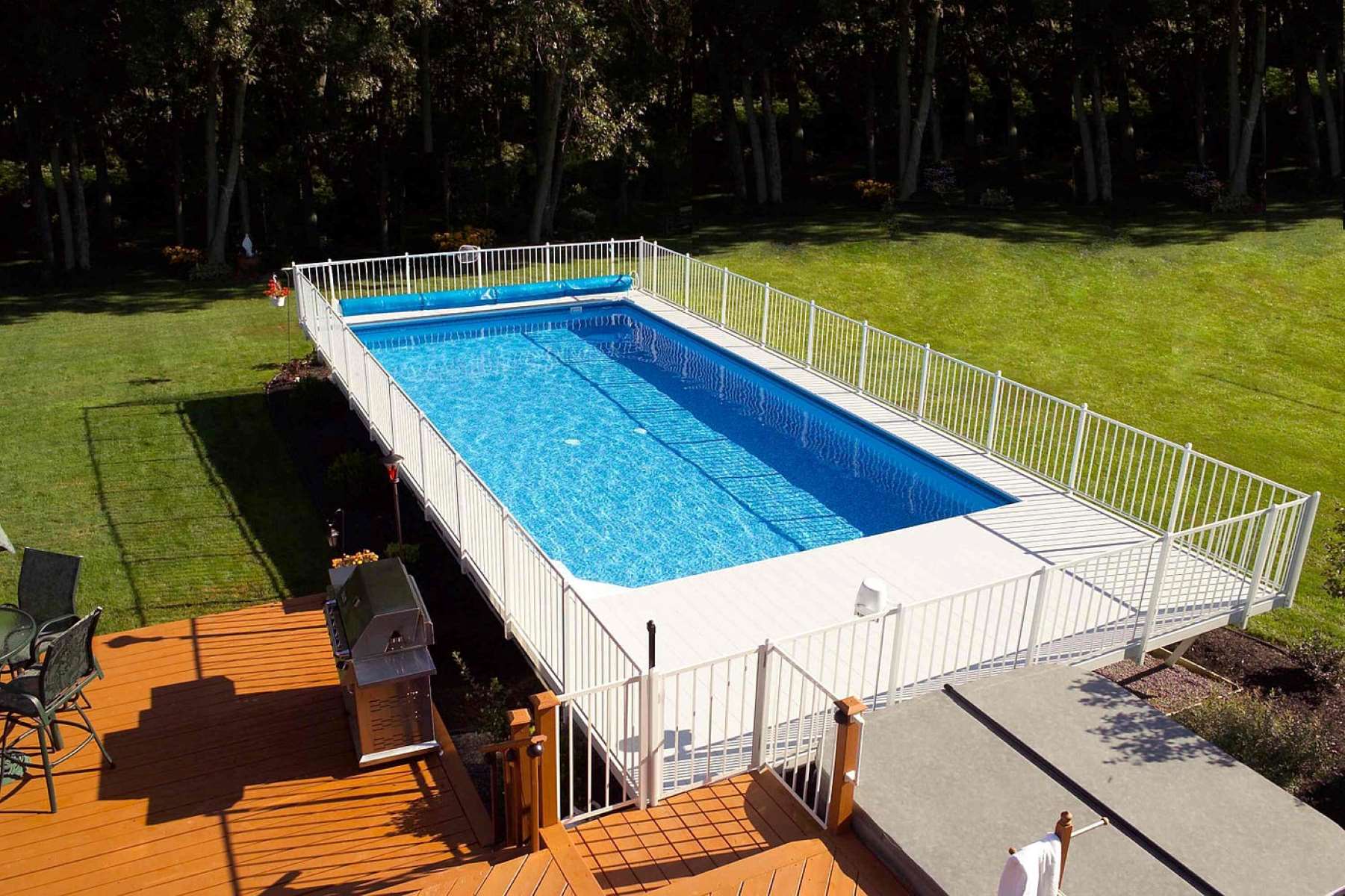

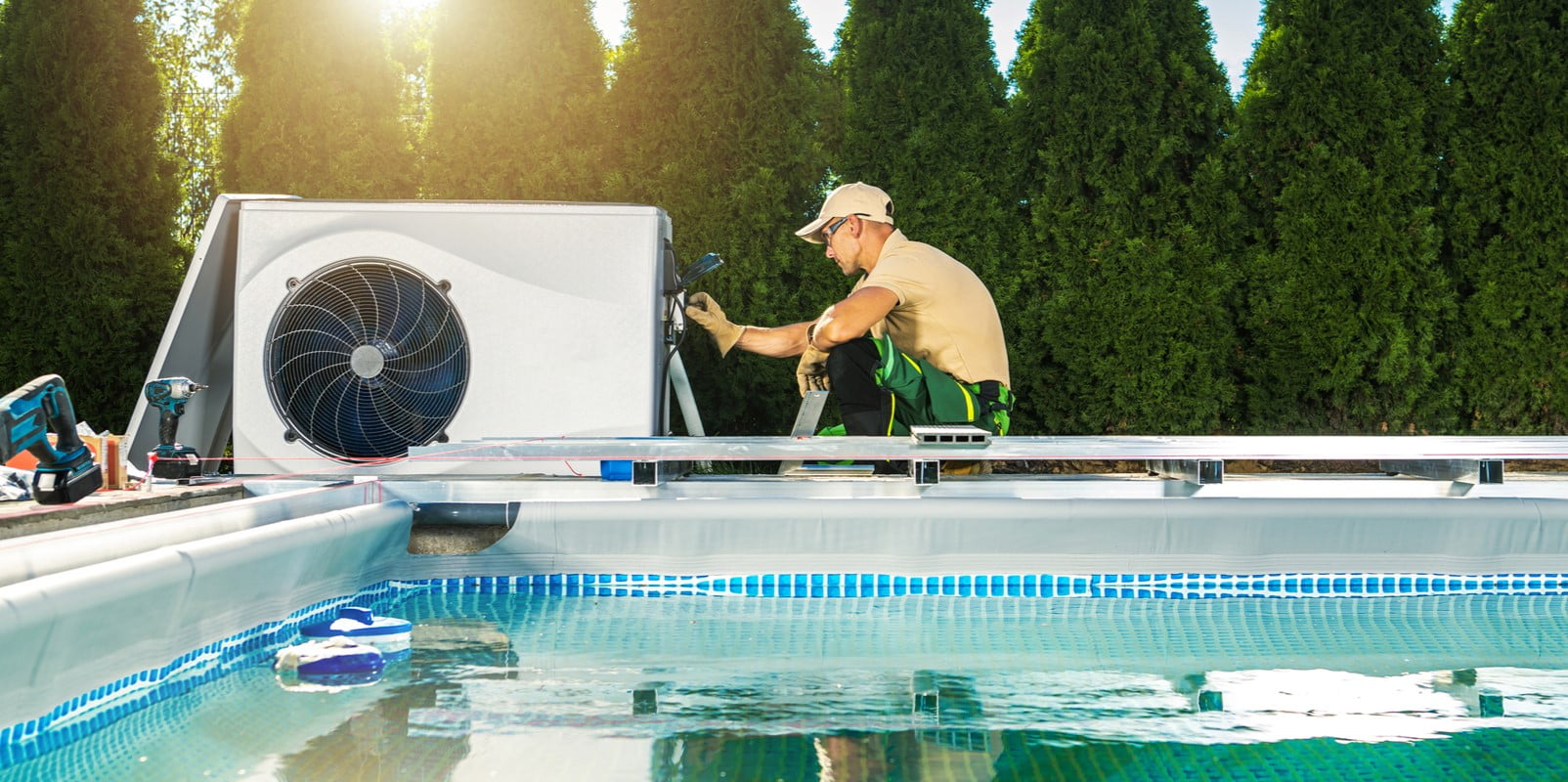

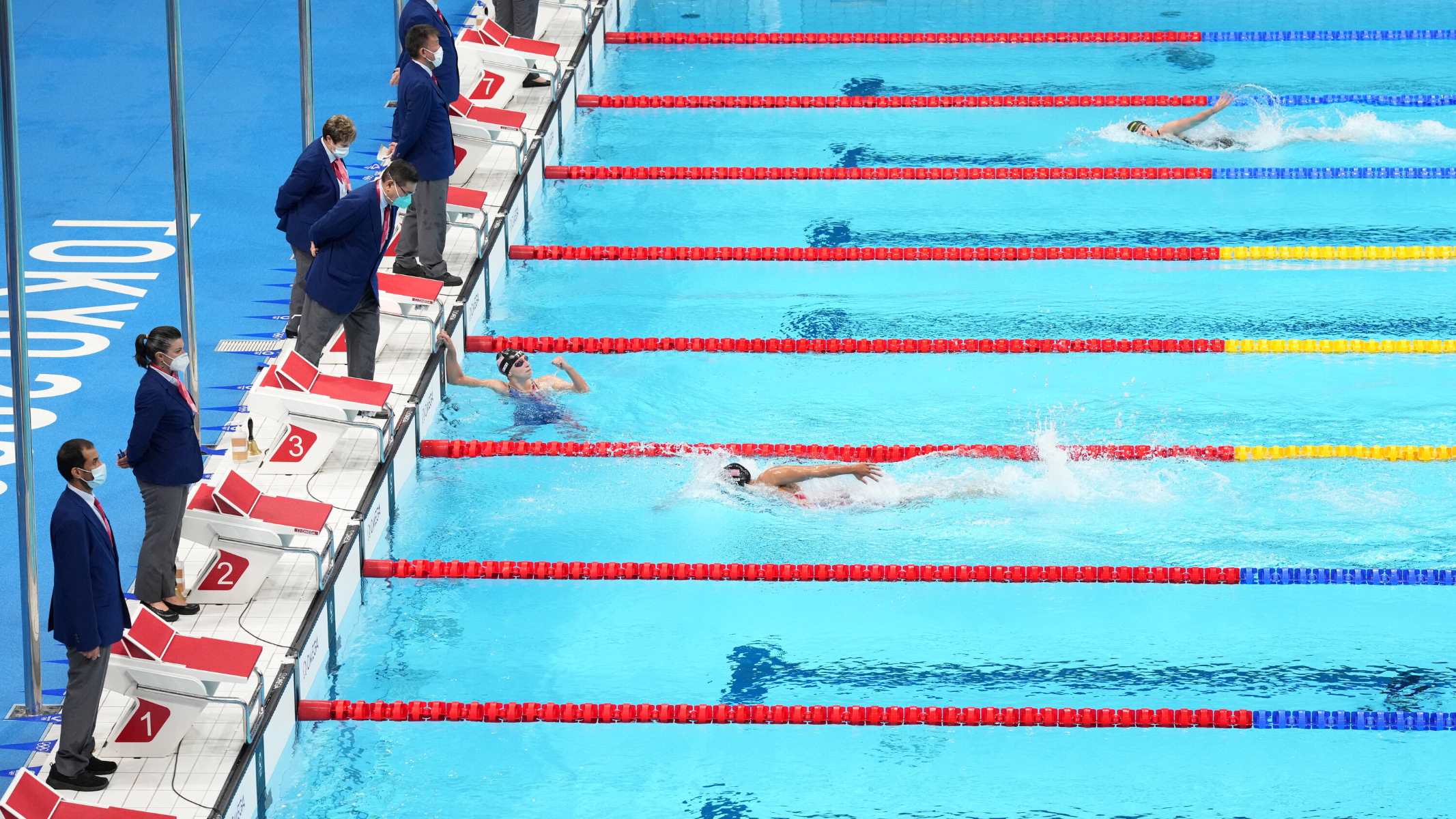
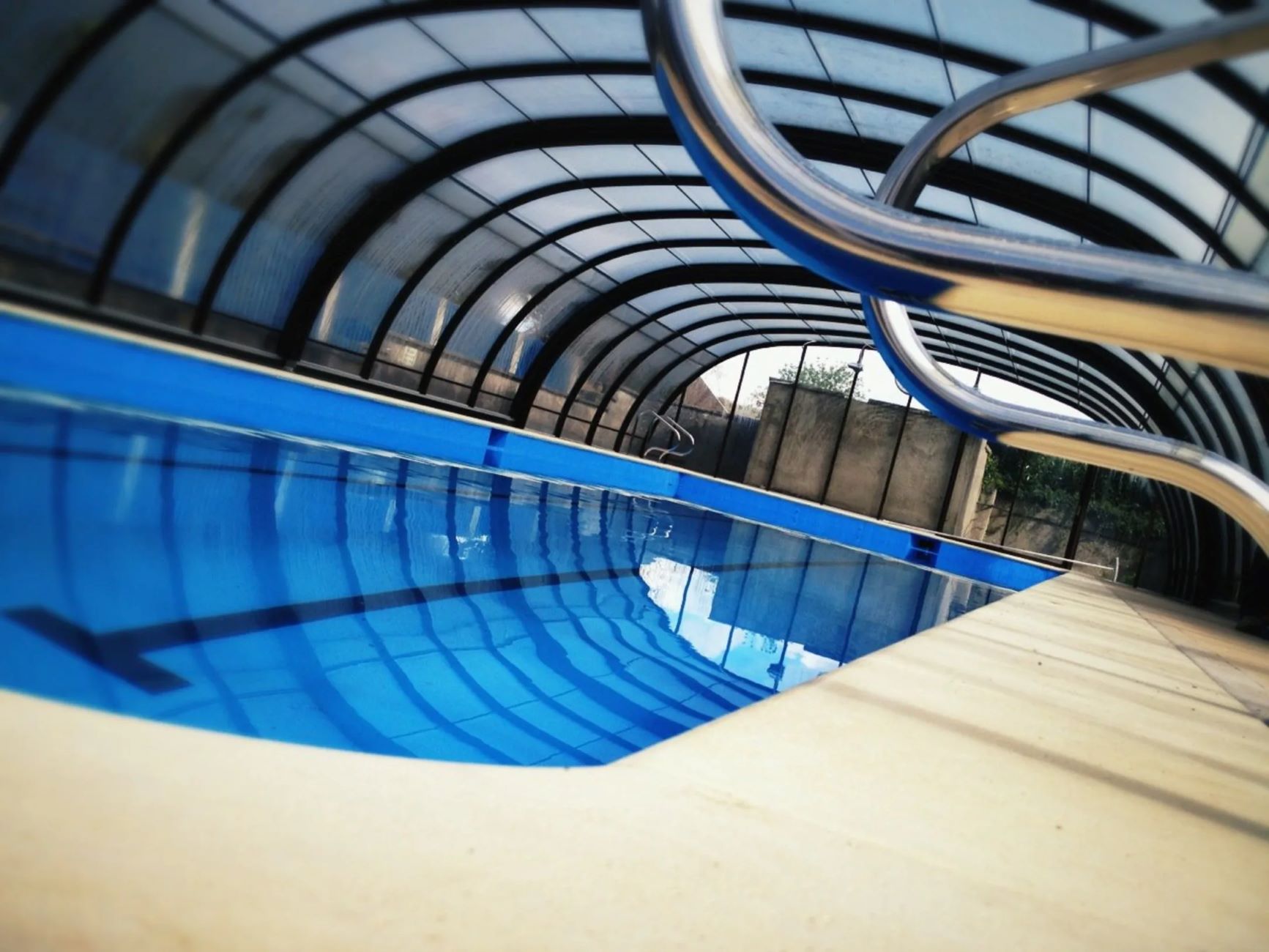

0 thoughts on “What Is A Swimming Pool Suction Valve”